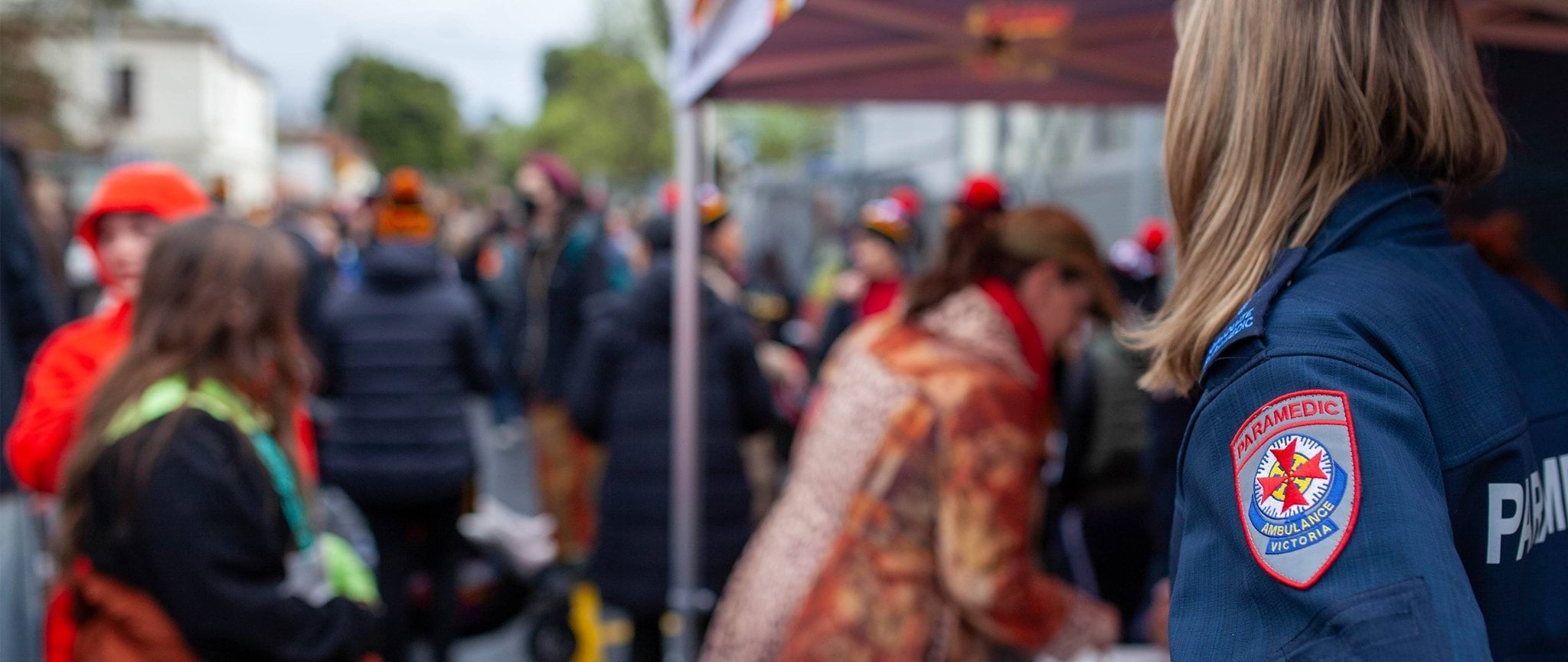Ambulance Victoria is part of our community, providing emergency health care when it's needed most. We work together with local organisations and partners to help improve health for everyone.
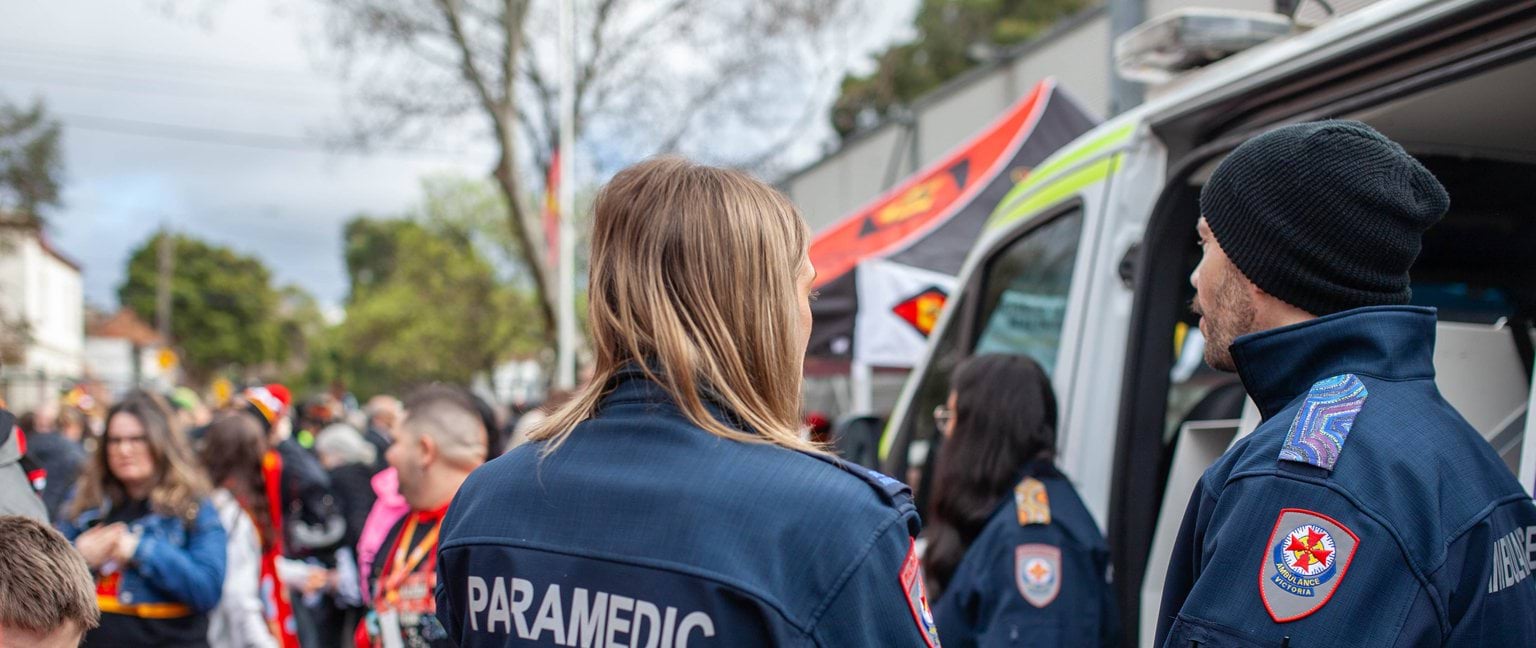
Community Advisory Committee
The Community Advisory Committee is chosen by the Ambulance Victoria Board to ensure all Victorian communities are represented. Members of the committee advocate for their communities.
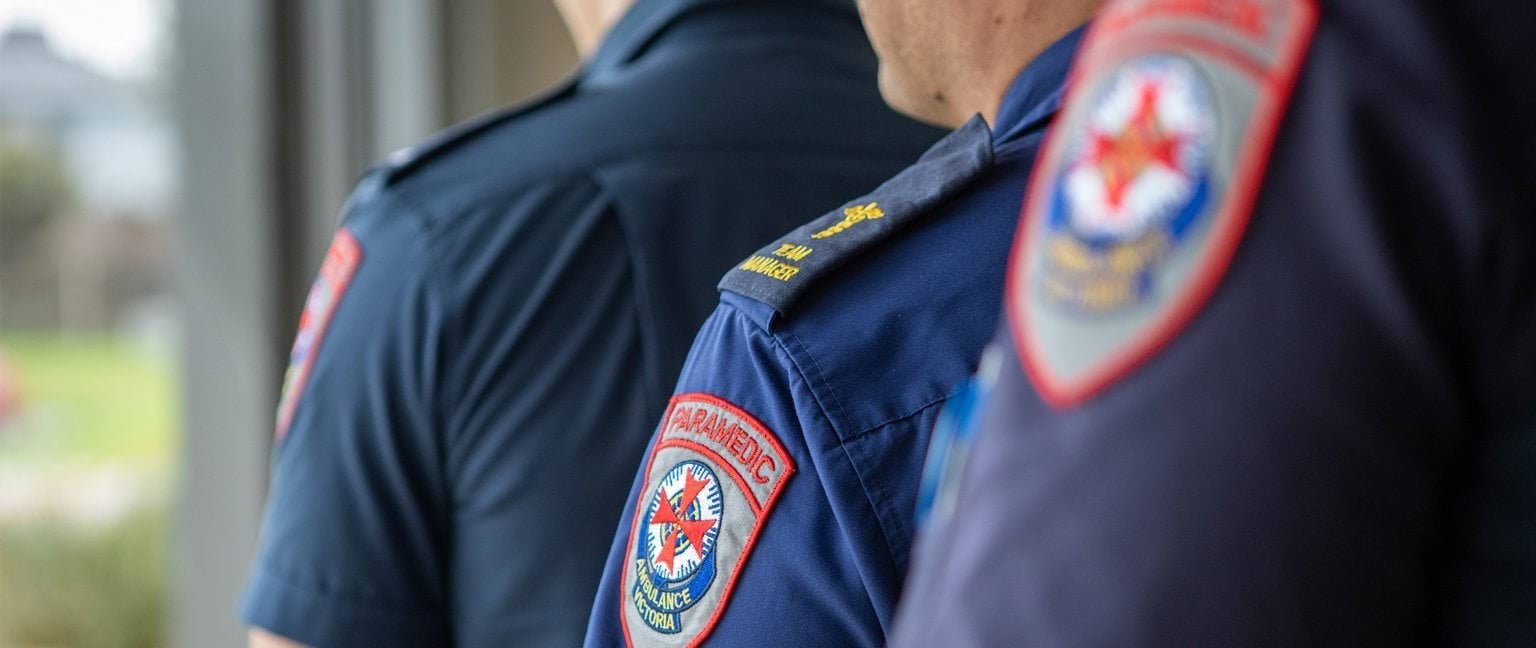
Community and consumer engagement
View the Community and Consumer Engagement Plan 2023-2028
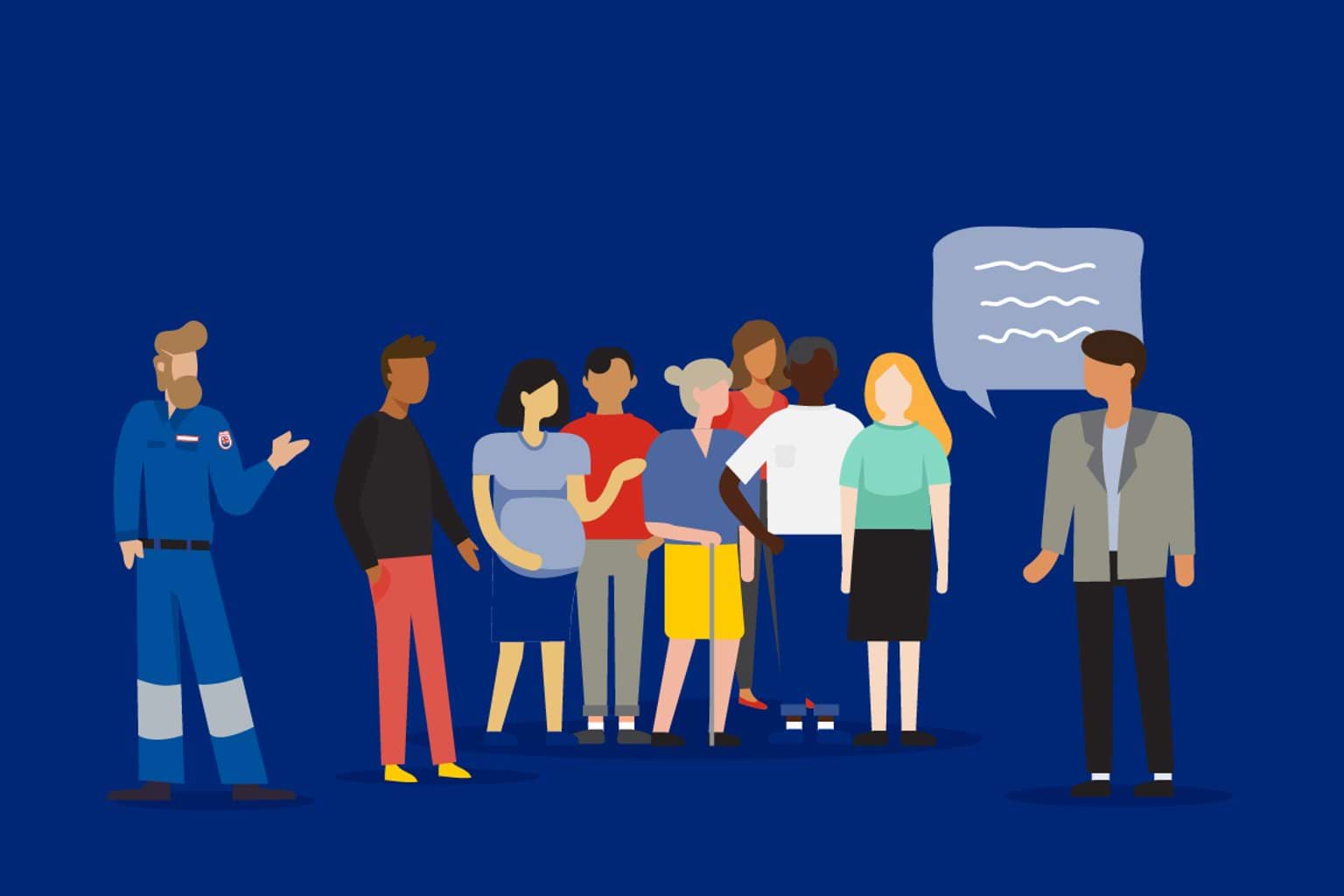
Programs and initiatives
Our community education programs and initiatives.
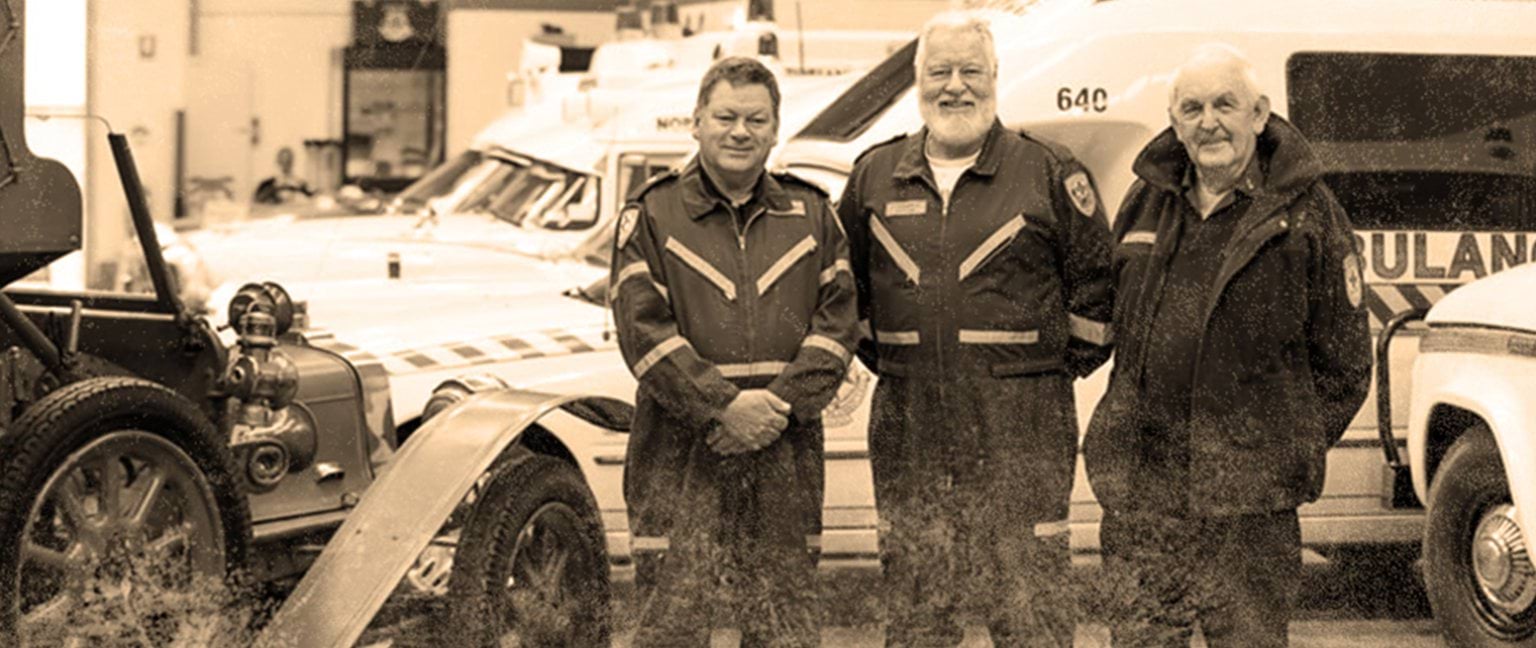
Ambulance Victoria Chas Martin OAM Museum
The Ambulance Victoria Chas Martin OAM Museum has a large collection of old medical tools, vehicles, uniforms, and other historical objects.

Ambulance Victoria Pipes and Drums
Ambulance Victoria Pipes and Drums serve as goodwill ambassadors to the community. They represent and support Ambulance Victoria by performing at government programs and public events.
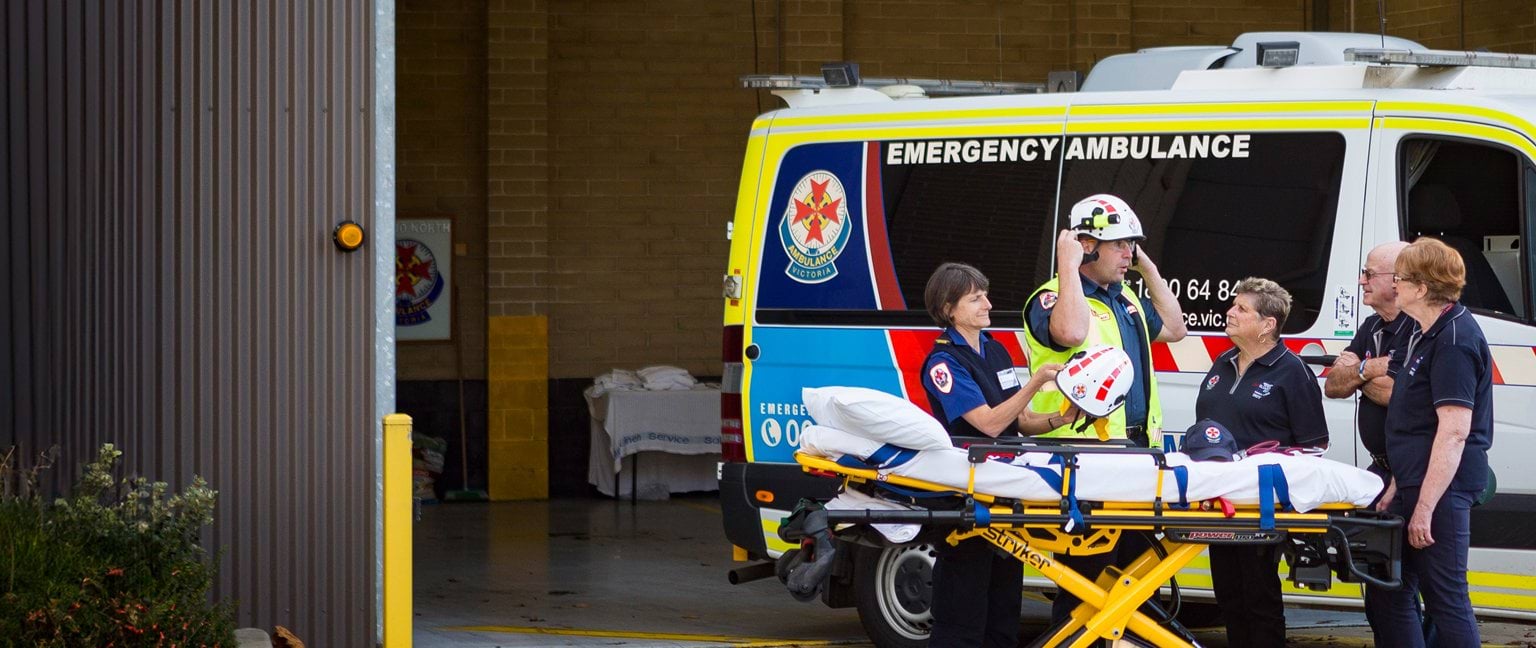
Ambulance Victoria Auxiliaries
Ambulance Victoria Auxiliaries play a vital role in raising funds for and advocating on behalf of their local Ambulance branch.
Updated
